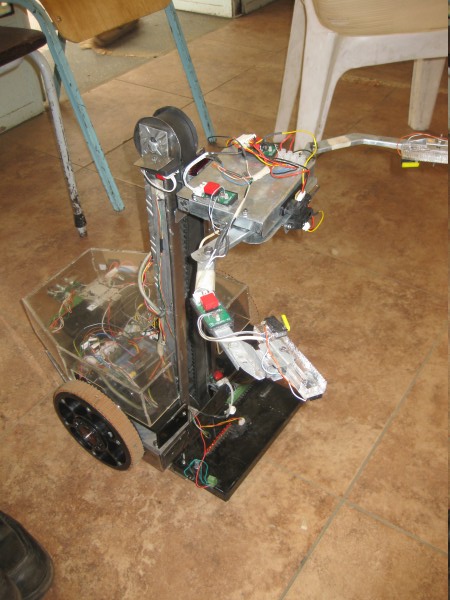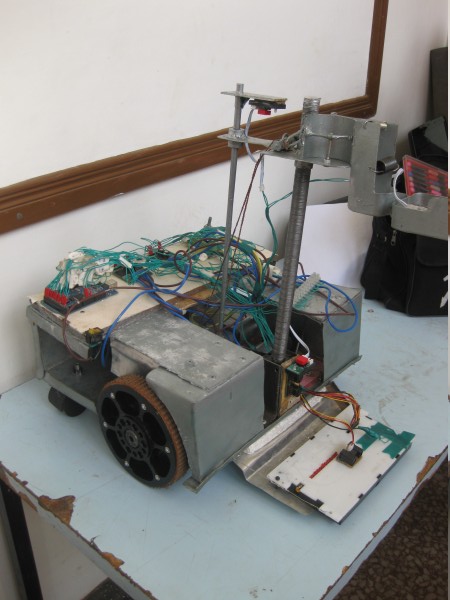When Dipesh Pabari of Camps International sent me pictures of these laptop bags and bottle can holders, I just knew it would be something you AfriGadget fans would appreciate.
The fact that discarded waste is converted to something very useful… Its definitely AfriGadget. I asked Sander Den Haring a few questions about these cool products.
How did you begin your company?
I was born in a small town called Hellevoetsluis in the Netherlands but only lived there till i was 5. At that point my family moved to Yanbu, Saudi Arabia where i grew up and ended up spending 16 years. Yanbu is an industrial town situated on the Red Sea and i believe that a lot of the what, who, why and where i am is as a result of this. From the very beginning of our time in Yanbu my parents began a weekly outing to the beach which my brother and i eagerly anticipated every Friday (weekend is Thursday and Friday in Saudi Arabia). Once at the beach we would go out and snorkel virgin reefs in the Red Sea and be stunned by the serenity and tranquility each and every time. My love for the aquatic realm and the conservation of said realm has derived from these expeditions. It led me to complete a Masters in Marine Biology from the University of Groningen in the Netherlands in 2000 so that i could work in the field of marine conservation.
In 2004 i moved to Kenya where i have lived ever since. I began work for Buccaneer Diving as a base manager and soon added on the role of resident marine biologist. Under this capacity i was able to instigate a snorkeling program for some of the underprivileged local government schools in Mombasa (Schools to the Sea program) and an artificial reef program in the Mombasa Marine Park. Both these projects had local partners involved as well. I eventually finished full time work with Buccaneer Diving in June 2009 as the Operations Manager of Buccaneer Diving Kenya and currently fulfill only a part-time quality control position within all of Buccaneer Diving (Kenya and Zanzibar).
I really enjoy thinking of ways to create environmental attitudes and the recycled wetsuit product line has been great in achieving this thus far! We are still coming up with new products and refining the existing products. There are no limits barring our creativity.
What was the inspiration for re-using the diving wetsuits?
In the dive industry wetsuits have a finite lifetime after which they become ineffective (have lost their insulating capability), or they become too hole-ridden to use in a professional business. In the past, these wetsuits were discarded. This seemed an obvious waste of material (as for the sake of a few holes, large patches of usable neoprene were being thrown out), so Buccaneer Diving began looking at what could these patches of neoprene be used for. Traditionally we have used smaller bits of neoprene for various “odd jobs” (eg. snorkel holders, buffering/padding material, informal packaging, patch material for other wetsuits), but these “odd jobs” required small amounts that did not need frequent replacement. So we started thinking if there was anything else that could be made and the obvious item was laptop bags. The bottle/can holders soon followed suit as the sleeves and legs of wetsuits already had the obvious shape (they just needed a bottom added). We are currently making the products more of an “item” and also looking into how we can incorporate the production of these products to benefit other charities. these exciting developments will be happening within the next few weeks we hope so definitely watch this space (it’ll be worth it!).
When did you start selling the bags/bottle covers etc?
This is a new venture and its been active for the last seven months, so still very young. We are looking at various other items we can make from the recycled neoprene (placemats and coasters might be possibilities).
How much do the items cost?
Currently the laptop bags sell for Ksh 2500 (about 32 usd) and the bottle/can holders ksh 350 (about 5 usd)
Are they made in Kenya/Mombasa?
They are indeed produced in Mombasa. Again, the story behind the production will unfold in the next few weeks and its worth the wait.
Where can people order? Can they pay by MPESA (Mobile Money)? (Just kidding, but hey!)
These products can be purchased at the Buccaneer Diving base at the Voyager Beach resort, Mombasa. We have not yet explored the use of MPESA in the purchase of these products as they are still young, but who knows what the future will bring. We can also arrange for products to be sent via courier if people are unable to visit the Buccaneer Diving base. Sander can be reached via email sander at green-water [dot] org.







 .
.











